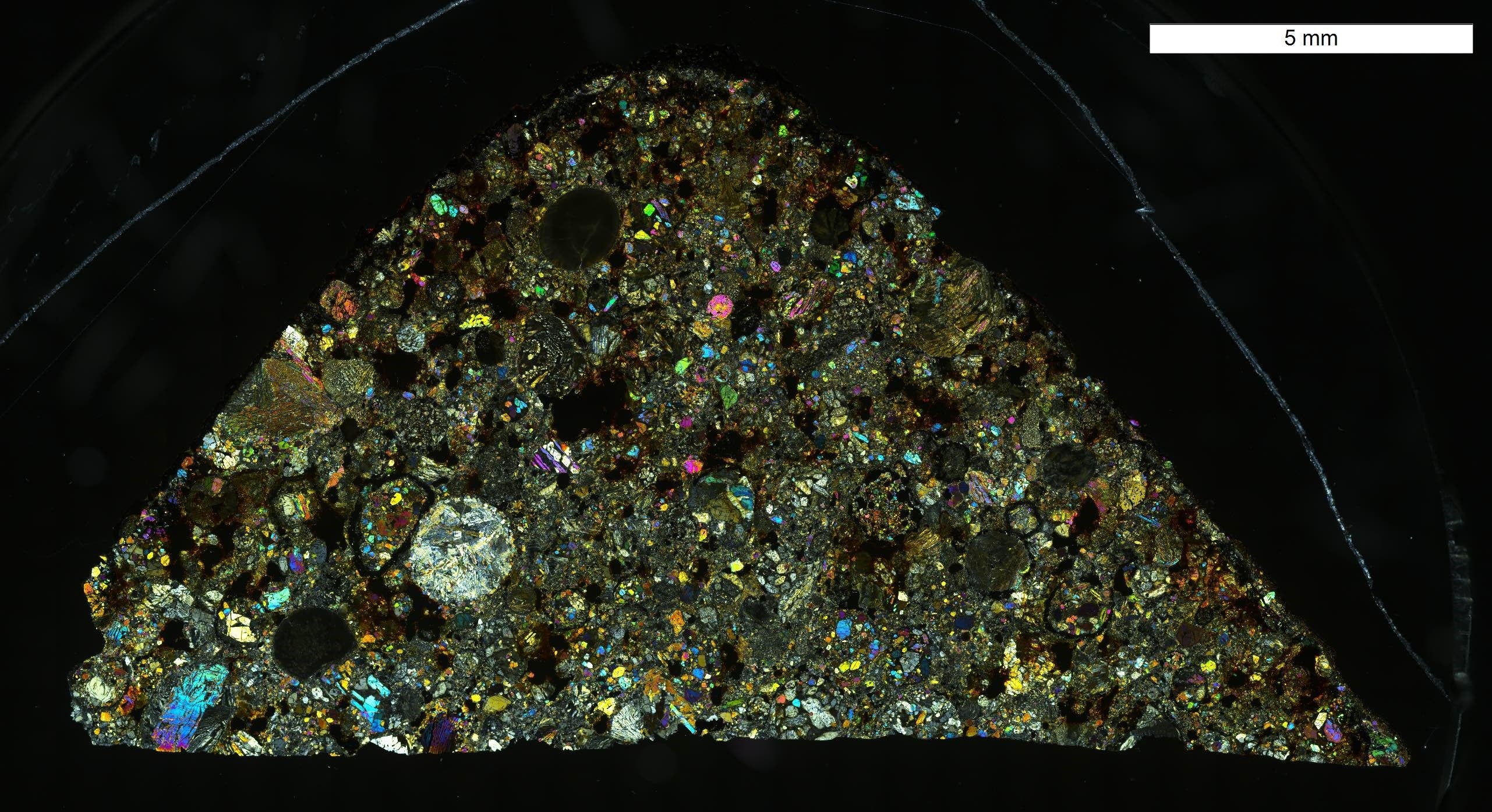
The National Museum of Nature and Science (Director: Kenichi Shinoda) is pleased to announce that from July 11th (Tuesday) to August 21st (Monday), 2023, the Science Expo NEWS exhibition "Newly registered over 100 years since the fall "Koshigaya meteorite" will be held.
The Koshigaya Meteorite was a meteorite that fell in 1902 (Meiji 35) in what is now Koshigaya City, Saitama Prefecture, and was stored for many years in the home of the discoverer. In 2021, the museum received an analysis request, and in February 2023, it was registered as "Koshigaya Meteorite" with the International Society of Meteorites.
In this exhibition, real specimens and meteorite flakes of this newly registered meteorite will be displayed, and a panel explanation will be provided.
[Holding period] July 11 (Tuesday) to August 21 (Monday), 2023
[Venue] National Museum of Nature and Science (7-20 Ueno Park, Taito-ku, Tokyo)
Corner of the meteorite that fell on Japan, South Wing on the 3rd floor of the Japan Pavilion "The Changing Japanese Islands"
[Organizer] National Museum of Nature and Science
[Cooperation] National Institute of Polar Research
Exhibition overview
The Koshigaya Meteorite is a meteorite that fell over 100 years ago on March 8, 1902 (Meiji 35) in the fields of Oaza Osato, Sakurai Village, Minamisaitama District, Saitama Prefecture (now Koshigaya City). It has been stored for many years by the Nakamura family, who owns the fields, but in 2021, we received a request for component analysis from the Koshigaya City Folk Research Society, and the analysis confirmed that it was a meteorite. It is the 54th confirmed meteorite in Japan. In addition, with the cooperation of the National Institute of Polar Research and Kyushu University, we conducted a more detailed analysis and confirmed the classification. It was registered on February 23, 2012 under the name of "Koshigaya" by the International Society of Meteorites.
In this exhibition, we will display the actual meteorite specimen borrowed from the owner and the cut piece donated for analysis and preservation. In addition, you can observe meteorite flakes using a polarizing microscope, and panel explanations will introduce the analysis results and classification of meteorite flakes.
There are 53 known meteorites that have fallen to Japan, and including the Narashino meteorite that fell in 2020, 26 meteorites, or about half of them, will be exhibited at the Japan Pavilion 3, where the NEWS exhibition will be held. It is displayed in the corner of the meteorite that fell on Japan, "The Fluctuating Japanese Archipelago" in the Shinan Wing.
exhibits
Koshigaya Meteorite Actual Specimen
Based on the results of mineral composition analysis, etc., it was classified as L4 ordinary chondrite (spheroidal meteorite). At the same time, we will also exhibit a small piece of about 120g that was cut from the main Koshigaya meteorite for preservation and analysis and donated.
Thin sections of the Koshigaya meteorite
Meteorite flakes are made by thinning meteorites so that light can pass through them, and by using a polarizing microscope, the interference colors of minerals can be seen, making it easier to observe the structure. In this exhibition, thin sections of the Koshigaya meteorite can be observed using a polarizing microscope.

Polarization micrograph of thin section of Koshigaya meteorite (scale bar: 5 mm, cross-polarized light) (Image courtesy of National Institute of Polar Research)
